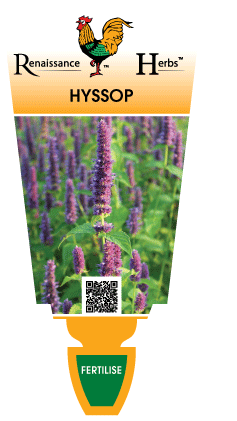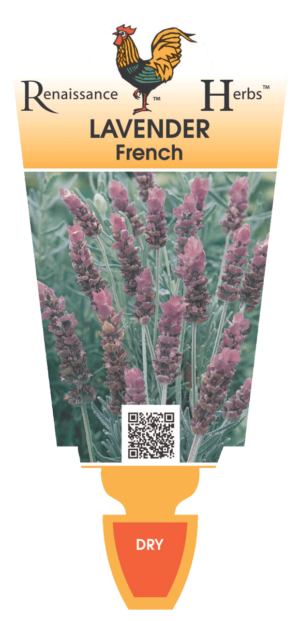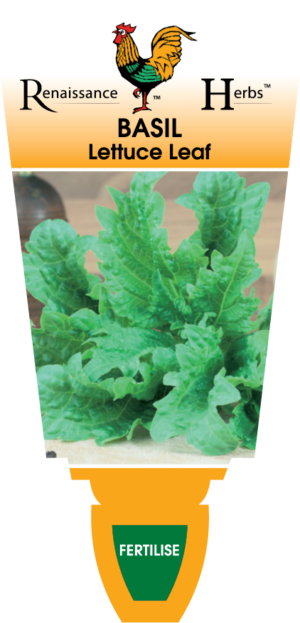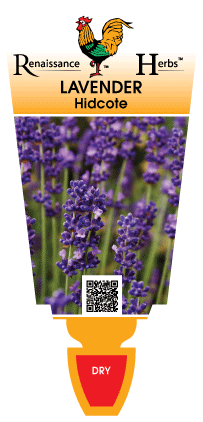Description
(Hyssopus officinalis)
Small dainty leaves, terminal flower spikes of violet blue with two-lipped formation. Leaves are aromatic with a slight savory smell and hint of camphor.
Growing Tips
Hyssop is relatively easy to grow and well worth while as it is a pretty addition to any garden with a strong aroma. It prefers a sunny spot in well drained soil, but can tolerate some shade. It flowers from mid to late summer.
Use
Hyssop has quite a strong pungent flavour, so is best used in small amounts to flavour salads, soups, meats, small goods, meatballs, biscuits, stuffing and the list goes on. It is a herb to aid the digestion of rich and fatty foods. Hyssop is also well known for its use in the treatment of colds and congestion. In America it is also used externally for the relief of muscular rheumatism and for bruises and discoloured contusions, in addition the green herb, when bruised and applied, is said to heal cuts promptly. It has also been used to treat Kaposi’s sarcoma found in more advanced stages of HIV infection and is purported to strengthen the immune system.
Other Uses
It attracts bees and butterflies.
It is used in the manufacture of the liqueurs, Absinthe and Benedictine.
It is a nice addition to potpourri.
It is said to repel flea beetles and lure away cabbage moths.
It can be used in soothing herbal baths.
The essential oil has been used in perfumes, colognes, soaps, creams and other cosmetics.
Herb Attributes
| Harvest | When needed. |
|---|---|
| Position | Full Sun |
| Height | 50cm |
| Width | 35cm |
| Lifespan | Perennial |





